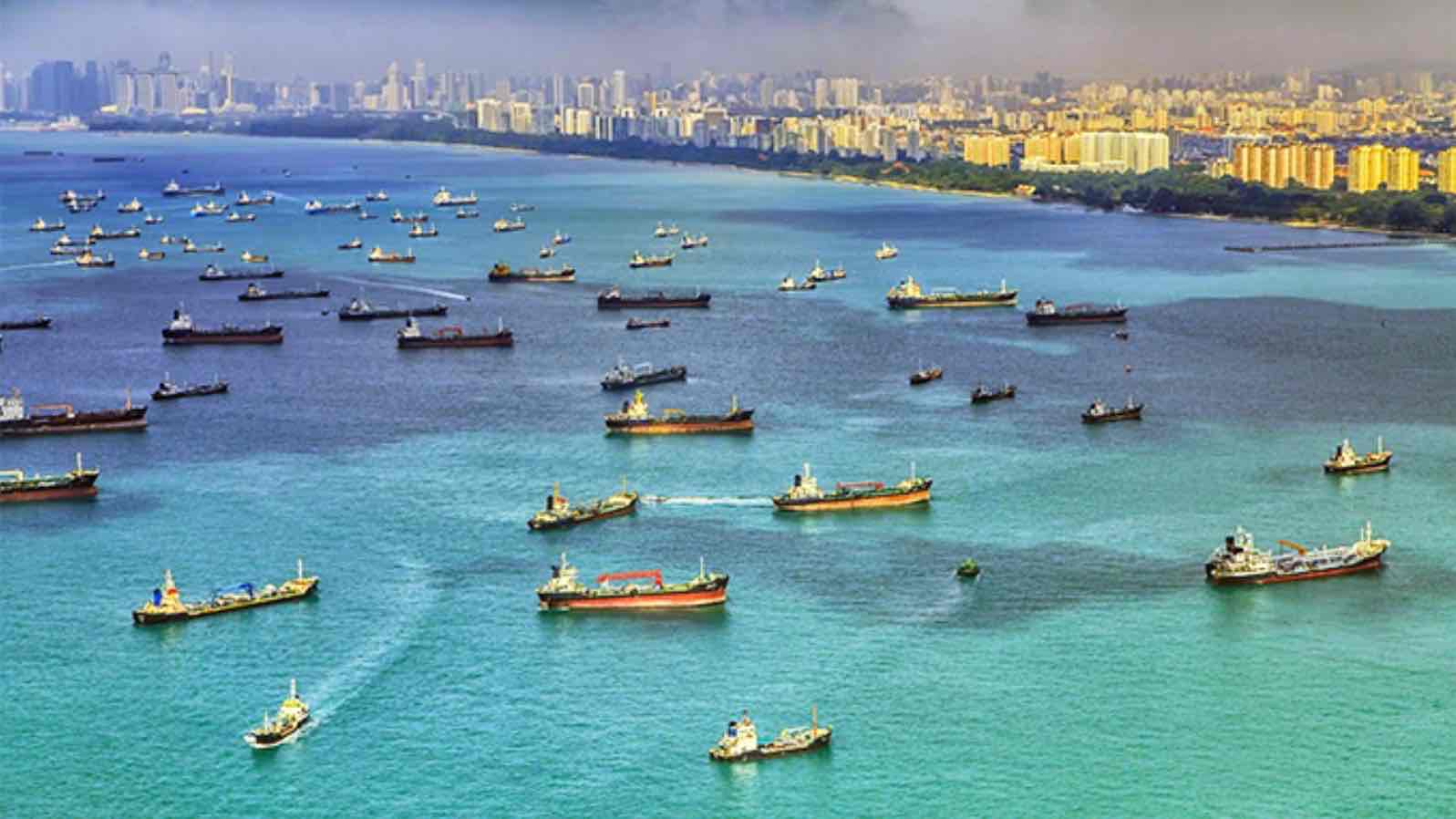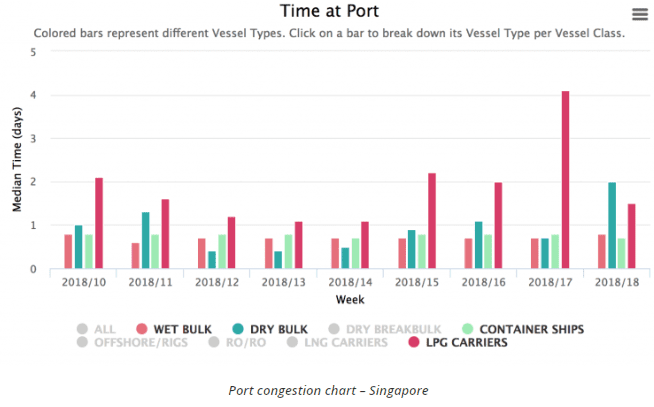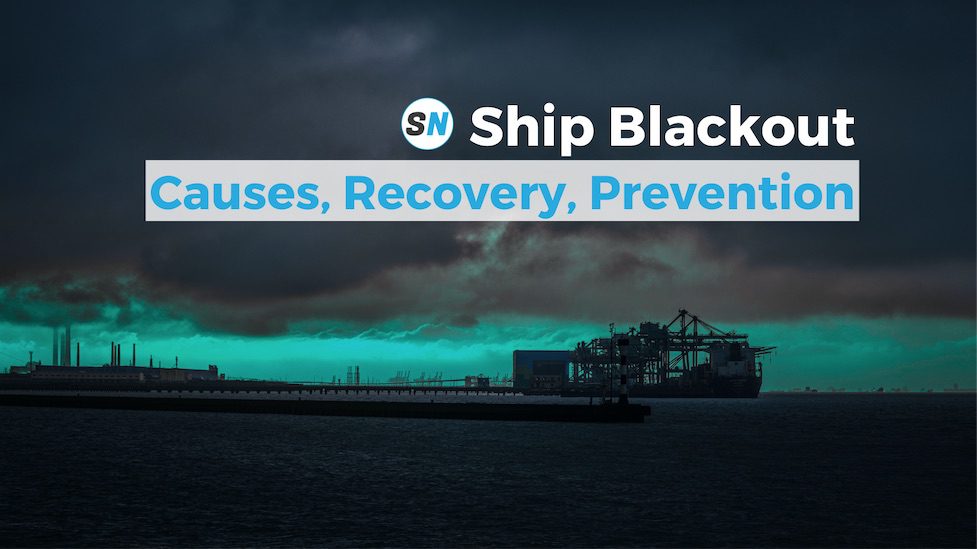28 November 2024
Port congestion tool for Just in Time shipping

How understanding port congestion can improve shipping efficiency. The new tool by MarineTraffic which will take shipping closer to Just In Time concept.
Port congestion effect
If you have ever worked in shipping, you know how tedious it is for a vessel to wait outside the port. Time passes slowly when you are waiting at anchorage for hours, days, weeks, or even months. Often with no idea of how long before things start moving again. But it is not just time that is slipping away, but money, too – lots of it.
Port congestion is a major cost to the shipping industry; Escalating bills for Disbursements and port services. Lost business through missing out on opportunities to carry other cargo. Reducing the future availability of vessels, which has the knock-on effect of increasing charter prices. Harbourside residents are also exposed to increased levels of pollution when more ships are waiting to dock.
In short, nobody wins when ships are sitting idle outside the port. All interested parties benefit if port congestion decreases.
Disbursements or port costs, such as; port duties, tugs, loading and unloading costs, make up a significant portion of any voyage’s operational expenses (OPEX).
Port Congestion tool
So, it’s no surprise that the industry was looking for insights into port congestion. Hence, in a bid to help further increase efficiency and reduce costs MarineTraffic answered with the Port Congestion tool.
The port congestion tool provides access to detailed, reliable, and actionable data for every major commercial port on the planet. Therefore, ship operators can plan and schedule more efficiently. Moreover, writing clauses and pricing for charter party agreements, comparison between ports and even streamlining improvements by port operators themselves. Above all, it takes the industry as a whole, one step closer to the goal of ‘Just In Time’ shipping.
Users can choose any commercial port in the world and see; how waiting times evolve week by week, at the port and its respective anchorage. They can also focus on a particular market segment, since all measures break down per vessel type and class.

How does it work?
For the last ten years, MarineTraffic has been developing a sophisticated global AIS ship tracking network. Concurrently, developing a database of maritime geometries, to amass the world’s most comprehensive set of port data.
After creating polygons for every major commercial port worldwide in the database – which they constantly monitor and adjust accordingly – the team is able to capture all four major operations undertaken by a vessel upon each visit:
- Arrival at anchorage
- Departure from anchorage
- Arrival at port
- Departure from port
Once all four events are in the system, it can extract actionable intelligence on; time spent at anchorage, time spent at the port, and overall turnaround time. Including the first two measures, plus any additional transit time from the anchorage to the berth.
When tracking vessels through the whole lifecycle of their visits to a port, amasses historical data set on port congestion. Thus, allowing users to monitor how congestion levels evolve over time and make informed estimations over future performance.
Future prediction
But being aware of historical port congestion is not the same as being able to predict future congestion. Without understanding the factors at play, it’s impossible to make accurate predictions. However, the R&D team is already investigating the factors which drive port congestion. Specifically, by analyzing collected historical data with advanced AI algorithms. So, we can expect reliable predictive tools, such as model-based estimations of future congestion, in the coming years.
Rather than being a drag on the bottom line, sizeable port costs can become fertile ground for finding significant efficiency savings. If port time can be reduced, port charges for the vessel go down, while time at sea increases. Hence, allowing each vessel to rack up more miles per ton.
Accurate and actionable data can be the key to effectively managing port congestion – or even, perhaps, eventually eliminating it entirely. One possible operational innovation such data could inspire is moving the industry towards dynamic pricing. It is already employed by airports to distribute terminal and runway timeslots more efficiently.
With ports and ship operators able to manage and predict the duration of each voyage and each operation a vessel takes along the way with increasing precision, we come one step closer to the goal of Just In Time shipping; which, when achieved, will become a true game-changer for the industry, inspiring significant efficiency advances and profound transformation over the coming decades.
Source: MarineTraffic


